- Home
- Art History
- Impressionism
- Marie Bracquemond
Marie Bracquemond
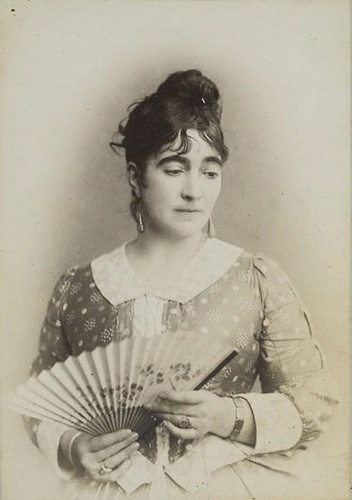
Introduction to Marie Bracquemond
Marie Bracquemond, born Marie Anne Caroline Quivoron in 1840, was a French artist counted among the few women of the Impressionism movement. Impressionism, a 19th-century art movement, was characterized by small, thin, yet visible brush strokes, open composition, emphasis on accurate depiction of light, ordinary subject matter, and unusual visual angles.
Early Life and Artistic Beginnings
As
a child living in Étables, France, Marie showed a remarkable talent and
interest in drawing. Her skills earned her apprenticeships under
prominent artists of her time such as Jean Auguste Dominique Ingres,
with whom she studied at the prestigious École des Beaux-Arts in Paris. (Her study program was informal as women were not allowed).
Of her, the critic Philippe Burty said, "one of the most intelligent pupils in Ingres' studio."
Bracquemond eventually began getting her own commissions for painting.
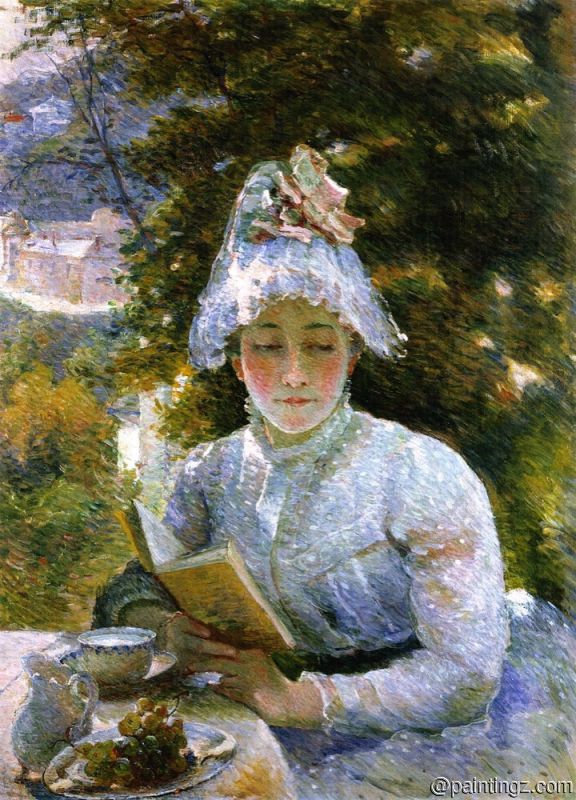
Embracing Impressionism
In
the 1870s, Marie Bracquemond turned her focus towards Impressionism,
swayed by the influence of her close friends Monet and Degas. Her
artistic style transformed radically, her works becoming more vivid and
vibrant with life. She moved away from her neoclassical training and embraced the brushwork deftness to depict light and color.
Major Works and Exhibitions
She participated in the "Impressionists’ Exhibition" of 1879, showcasing her talent to the world. The works she presented such as "On the terrace at Sèvres" and "The Artist's Son and Sister" are some of the artist's best-known pieces, embodying the Impressionist dedication to capturing the mood of the moment.
|
Artist's Son and Sister 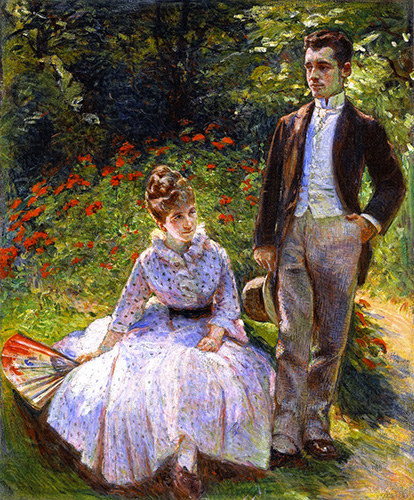 |
Ceramic Vase 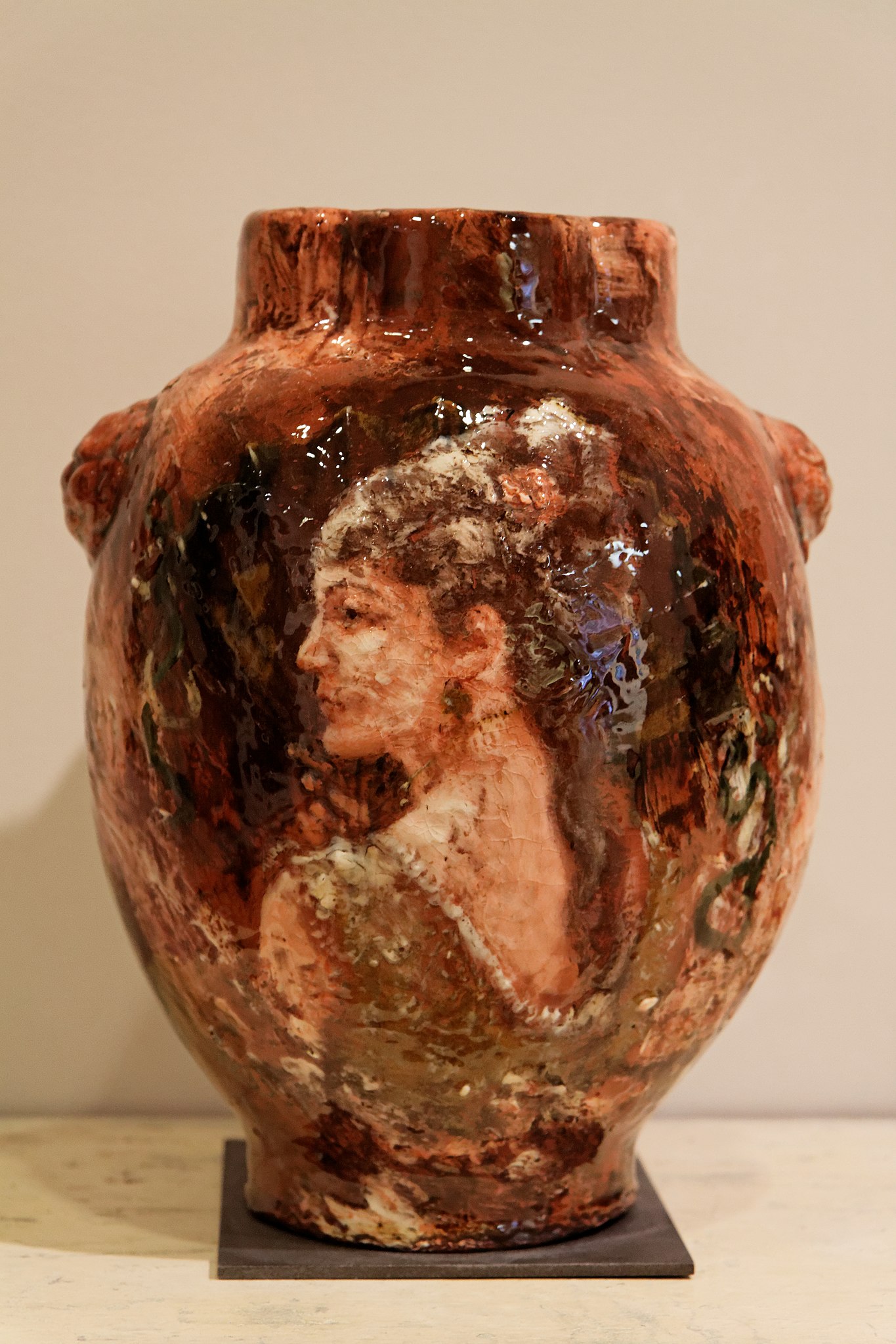 |
Self-Portrait 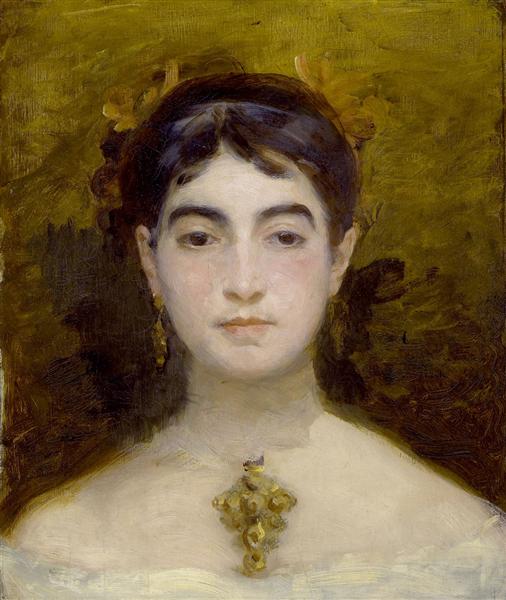 | ||
Challenges and Triumphs
Like many
female artists of her time, Bracquemond faced adversities due to gender
roles and societal norms; her husband, Felix, disapproved of her
Impressionist associations and her dedication to her work. Despite the
hurdles, Bracquemond's productivity and artistic commitment remained
steadfast.
Legacy and Influence
Marie Bracquemond's work had a
significant influence, specifically on women artists who aspired to
break the molds set by their male counterparts. Her art was bold and
vibrant, with a feminine touch rarely seen in her era.
Connecting to Impressionism
Impressionism,
as a revolutionary movement, marked a turning point in art history.
Bracquemond's adoption and execution of this trend played a pivotal role
in shaping the movement's aesthetic and ideological reputation.
|
Conclusion Including oil painting, water color, etching, and ceramics, the story of Marie Bracquemond is one of resilience, determination, and artistic versatility and innovation. She, along with her contemporaries, forever shaped the trajectory of art history and remain an inspiration for artists all around the globe. |
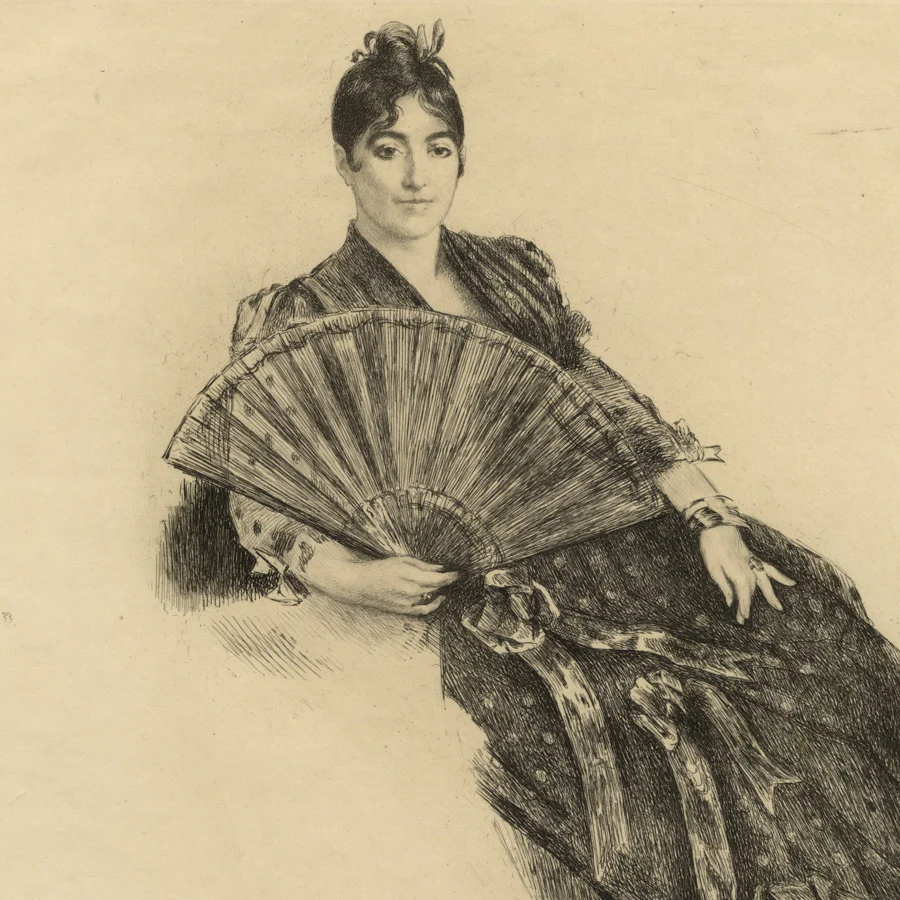 |
Lesson ideas for Teachers
Art Lesson Plan: Exploring Impressionism
Bracquemond's life and work offer a fruitful basis for an art lesson plan exploring Impressionism. Students can discuss the principles of Impressionism, see them in action in Bracquemond's works, and reproduce them in their own artwork.
Learning Objectives
The art lesson plan aims to teach students about the history and significance of Impressionism, the impact of female artists like Marie Bracquemond on this movement, and practical drawing and painting techniques used in Impressionist artwork.
Identifying Key Elements in Bracquemond's Art
Students will analyze several of Marie Bracquemond's works, identifying the unique elements of Impressionism in her art. This could include the use of light, color, and brushwork techniques.
Reproducing Impressionist Techniques
Taking inspiration from Bracquemond's art, students will attempt to recreate some characteristic Impressionist techniques. This hands-on activity facilitates a better understanding of the movement's approach and principles.
Group Discussion and Analysis
Teachers can lead discussions analyzing Bracquemond's artworks, focusing on the artist's unique interpretation of the Impressionist style and the struggles she faced as a woman artist of the time.
More ...
Teaching Opportunities
The
narratives surrounding Marie Bracquemond present a wealth of
opportunities for teaching about not just art and Impressionism, but
also gender and social issues of the time.
Artistic Exploration Beyond the Classroom
Teachers
can encourage students to explore Bracquemond's work outside of
classroom settings, promoting a love for art that extends beyond
textbooks and syllabi.
Artistic Freedom
Marie Bracquemond
serves as a symbol of the artistic freedom that comes from breaking away
from traditional norms and stylistic conventions, a lesson that
students can draw inspiration from.
The Enduring Spirit of Marie Bracquemond
The
life and art of Marie Bracquemond serves as a testament to the enduring
spirit of artists who, against all odds, remain dedicated to their
craft and contribute significantly to the world of art. Her story is an
empathetic lesson of passion, resilience, and change that transcends
time and continues to inspire generations.
|
Women and Impressionism Reflection and Recount Final Remarks: Connecting Marie Bracquemond and Impressionism |
Artistic Evaluation Expansion Activities Significance in Art History | |
|
Marie Bracquemond: A Pioneer |
Impressionism's Enduring Influence | |
|
Bracquemond's Impact on Modern Artists |
Bracquemond and Art Education | |

